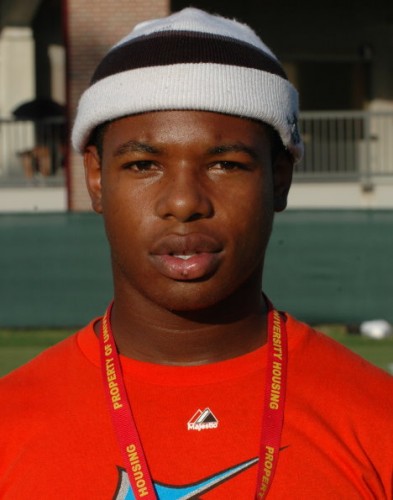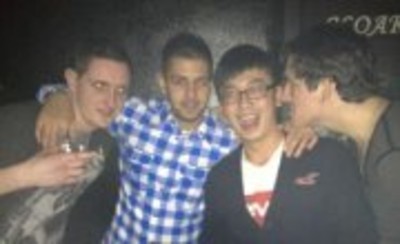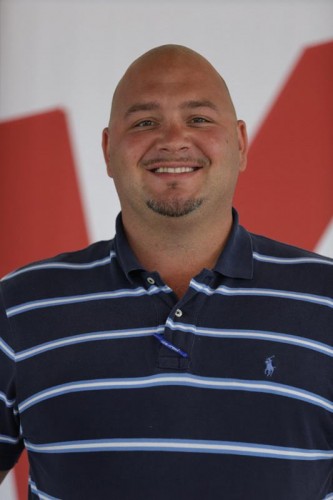A couple of weeks ago I attended the American Association for the Advancement of Science Conference in Chicago. It was my first conference of that size, and the first time I have gone as a journalist, and not a participant.
It is cold in Chicago in February, the lake was frozen for as far as you could see, with sheets that had broken off at some point rising out of the flat desert landscape on the water. It looked a bit like there had been a landslide or earthquake, with the plates sliding above each other.
It has been a harsh winter in general here, and Chicago had experienced some of the coldest temperatures in decades, I found this photo below on the Huffington Post site.
In the background we see the Chicago skyline, and the conference was held in one of the giant hotels that looks out over the lake. There are many hotels on the shorefront, and one thing that surprised me is that they are all linked together by a series of underground tunnels.
Tunnels is a bit of a misrepresentation really, they are underground streets, with shops and bars and sign posts, so that on a cold winter’s day guests do not have to step outside. The conference made use of several different hotels and restaurants, and some people told me that although attending different venues they had not in fact been outside, and had not put on a jacket since their arrival.
The system is known as the pedway, see an explanation here, it covers 40 square blocks. The photo below gives an idea of what parts of it look like. Apparently they are not uncommon in North American cities, in Montreal it is known as the underground city.
As I said above the conference was a giant affair as the program demonstrates. I wanted to see a session on responsible innovation and to take part in the launch of the Journal for Responsible Innovation (I am on the Editorial Board and the Bassetti Foundation sponsored the event) but at any one moment there were dozens of panels in session and associated events.
The journal launch clashed with a talk given by Alan Alda the American actor (most famous for his part in MASH). Alda now runs The Alan Alda Center for Communicating Science where he addresses issues and trains people in the art of science communication.
As I said I couldn’t attend but many of my colleagues told me that his talk was great.
I attended a session called Responsible Innovation in a Global Context early on Saturday morning. It was a great session and I learned a lot. Did you know for example that all research that is conducted involving water has to use an internationally accredited water? Yes it is purified water that then has certain amounts of certain minerals added. This means that scientists doing research in Brazil are using identical water to those conducting research in Italy, or Australia or anywhere else for that matter.
Great we might think, but using this type of water also makes some of the research useless. If bacteria lives in a river it interacts with its own type of water, plants life etc and reacts in particular ways. In the official water these reactions are not seen, so the research does not replicate a real life situation, so the results are different to the real experience.
But in order to get funding and to have their research accredited only one type of water is allowed. So money is spent on research that does not represent reality because “that is what the funding bodies want”. A ridiculous situation it would seem.
The influence of politics in research was also addressed from a Brazilian perspective, but one that can be applied throughout the world. When research and innovation is so tied to politics and touted as the saviour of the economic decline or development of a country it sometimes takes on a nationalist hue. This leads to questions about by whom, for whom and with which goals, that involves ethics and responsibility.
One of the most interesting developments though involves collaborations between the hard and social sciences. In several areas social scientists have been placed within science labs to act as a forum that allows scientists to talk about and understand the ethical dilemmas that they face while carrying out their work.
Much of the stuff I write about is related to the problem of scientific development and dual uses, unforeseen effects and changes they bring about in society, and having a social scientist, philosopher or ethicist in the lab seems to open up debate and even effect scientific outcomes. It might even seem to improve productivity is some ways!
As an aside I should add that attending a conference as a journalist has many advantages. As a participant you want people to listen to you, you have to pay to attend and publicize your event. But as a journalist everyone wants to talk to you so that you will write about them.
At every chance organizations try to engage you. There are free cooked breakfasts offered by national research councils, aperitifs form journals and unions, awards, free books and cd’s more alcohol, cakes and coffee, nights out with transport laid on, more food and more alcohol. Many of my colleagues were jealous, they had to pay for everything.
Thousands of people attended the conference and a lot of networking took place. I get the impression that this is really what these large conferences are all about. I am pleased to report that science bloggers (such as myself) are taken seriously and accepted as serious journalists, and there were many of us sitting alongside Reuters and the New York Times. All Kudos to the AAAS for that.
I stayed at the Palmer house hotel in Chicago, a splendid structure and once the largest hotel in the world. Worth a stay or even just a look if you are passing through. Other famous guests include Mark Twain, Oscar Wilde, Charles dickens and the scarecrow from the Wizard of Oz, so I won’t be asking for a plaque to be erected about my visit.





